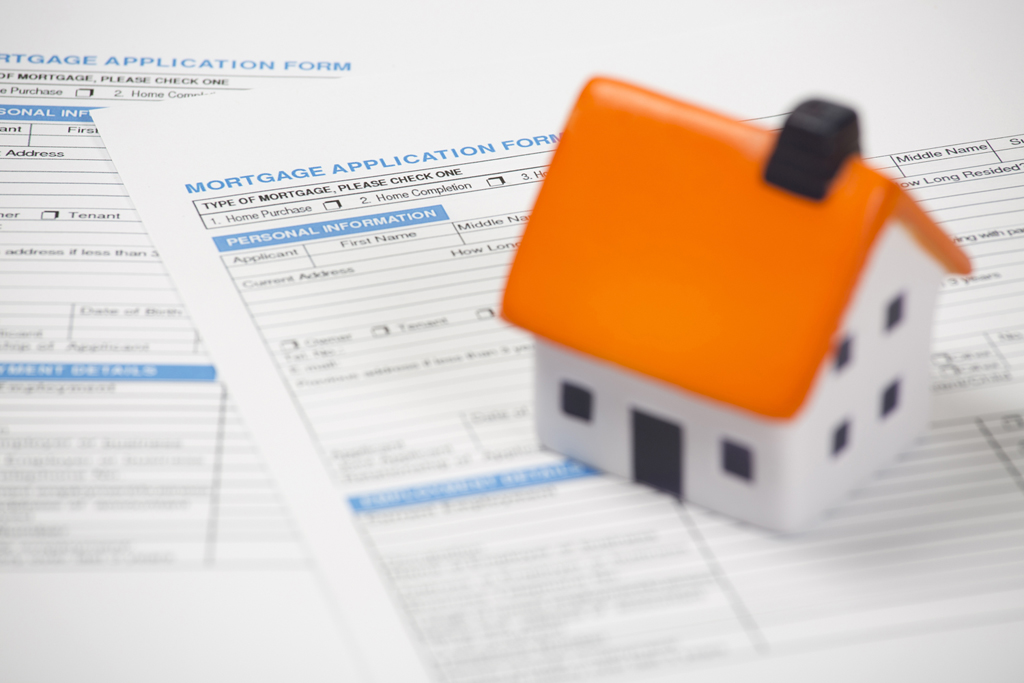By Marilyn Kennedy Melia
CTW Features
Surprises can be delightful … but not when you’re borrowing money.
In the post-mortem of the foreclosure crisis, experts examined why many homeowners were caught off guard by terms in their mortgage contract, like a sudden hike in the interest rate.
Since late last year, new procedures dubbed “Know Before You Owe” for disclosing mortgage terms were mandated by the federal Consumer Financial Protection Bureau (CFPB).
Here, a look at how those disclosures are working, now that they’ve been in place for several months:
- A first look at costs
The first of two disclosures, the “Loan Estimate” is required to be given to customers within three business days their formal mortgage application.
This three-page document seems straight-forward to many borrowers who “understand that the estimate is a preliminary document,” notes Melissa Murphy, senior vice president for Attorney’s Title Fund Services, Orlando, Florida.
Listing a series of mortgage-related costs, like the interest rate, whether the rate is fixed or variable, and the estimated cash needed for closing, the figures in the Loan Estimate should be near those in the Closing Disclosure, which must arrive in borrowers’ hands three days before the loan closings.
- A more detailed view of real charges
The five-page Closing Disclosure lists fees than the estimate, including the fees seller or buyer pays, and fees from different providers, like local taxing bodies and title companies.
If a borrower needs a correction or explanation, “It requires a significant increase in communication between the lender, the settlement agent and the borrower,” Murphy says.
- E-documents speed delivery
When the new disclosures went into effect, there were reports of closing delays, because of difficulties getting the disclosure in the hands of borrowers.
Now, however, Murphy and other experts say delays are less frequent.
Often, the documents are sent electronically, eliminating the need for snail mail or hand deliveries.
© CTW Features

